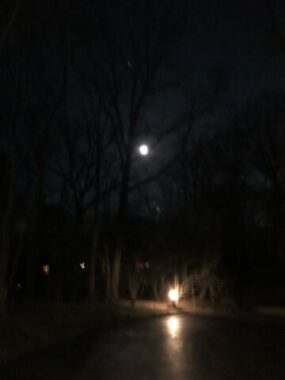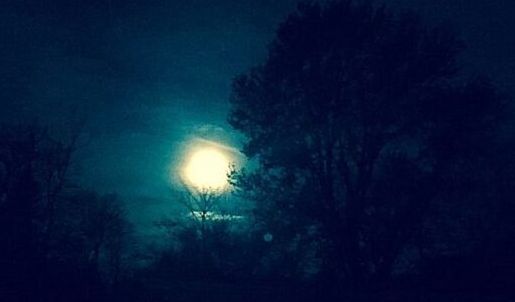
The October full moon, called the Hunter’s Moon, rises 4:24 p.m., Oct. 28, 2023, but it will be below the horizon so wait until sunset to watch it, says the Old Farmer’s Almanac. However, as with past full moons, you get a preview on Oct. 27 and a continuation on Sept. 29.
Why the Hunter Moon? It’s related to the autumnal equinox. It follows the Harvest Moon that came Sept.29 in 2023. Its name came from the time that hunters could better find deer after leaves fell and fields were cleared.
Other names coming from Native Americans are Falling Leaves and freezing moon.
We had a partial eclipse of the sun in mid-October. Now it’s the moon’s turn.
If you are outside the eastern part of the US or in Africa, Asia, Australia and Europe you get a bonus. You can watch a partial eclipse of the moon. Time and Date will stream it live.

